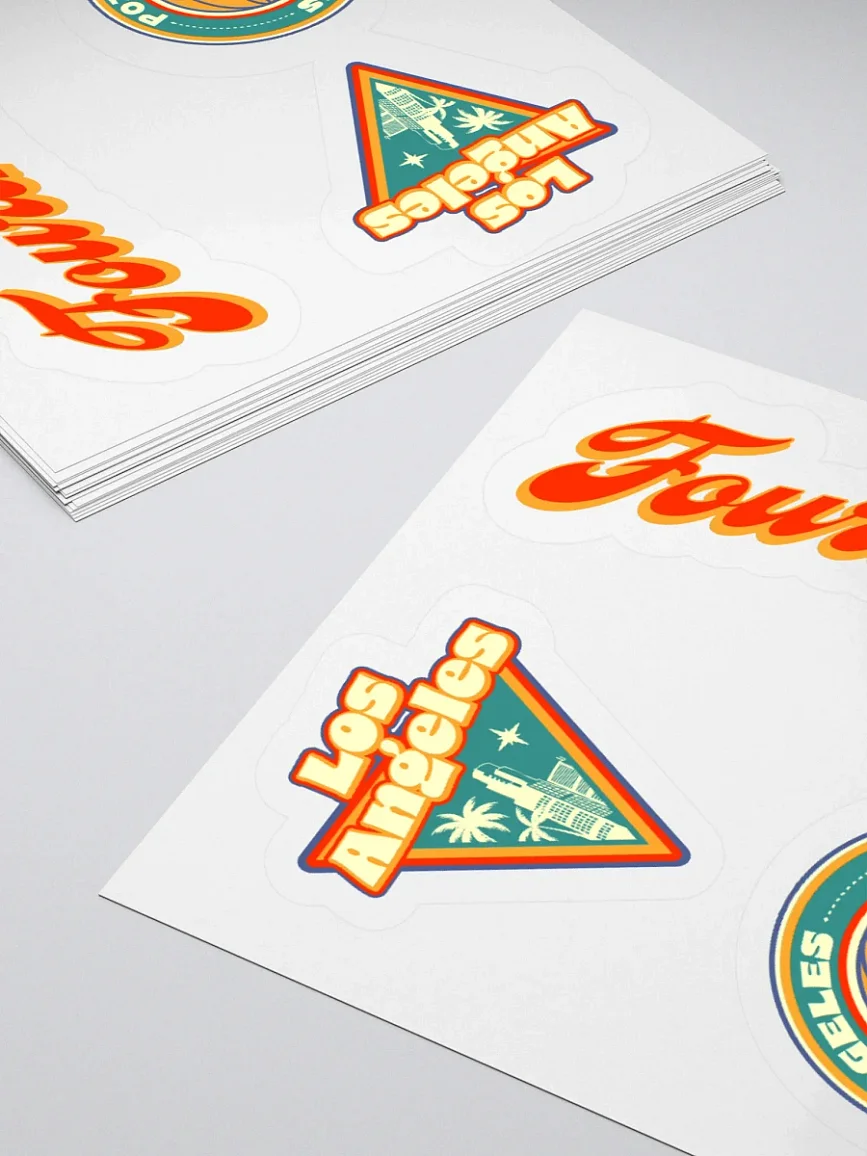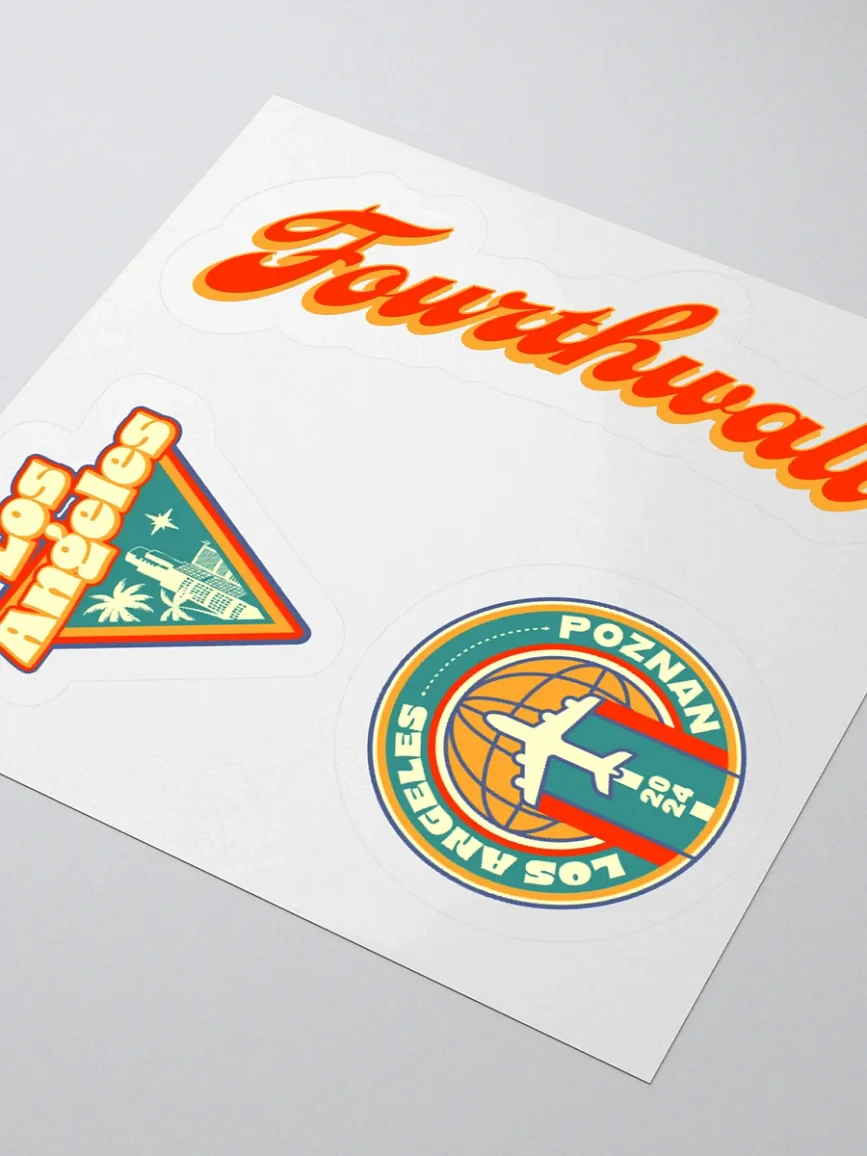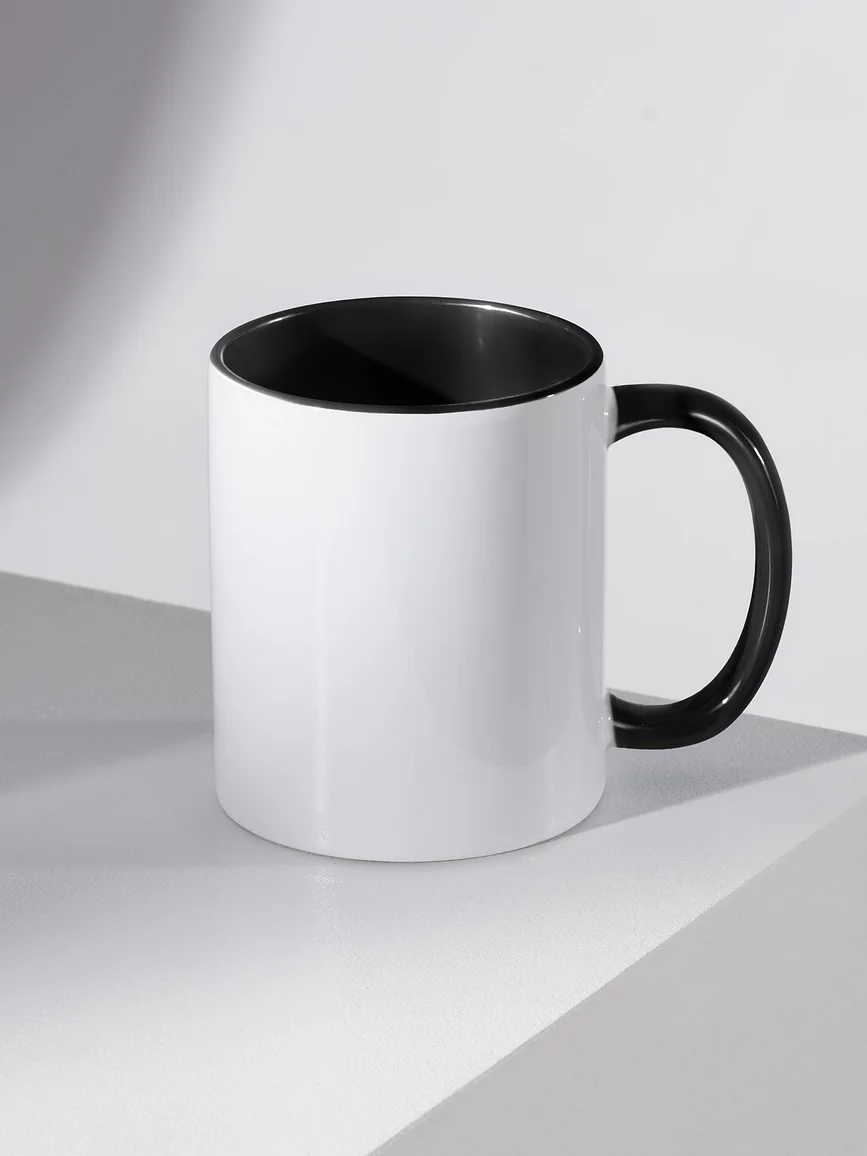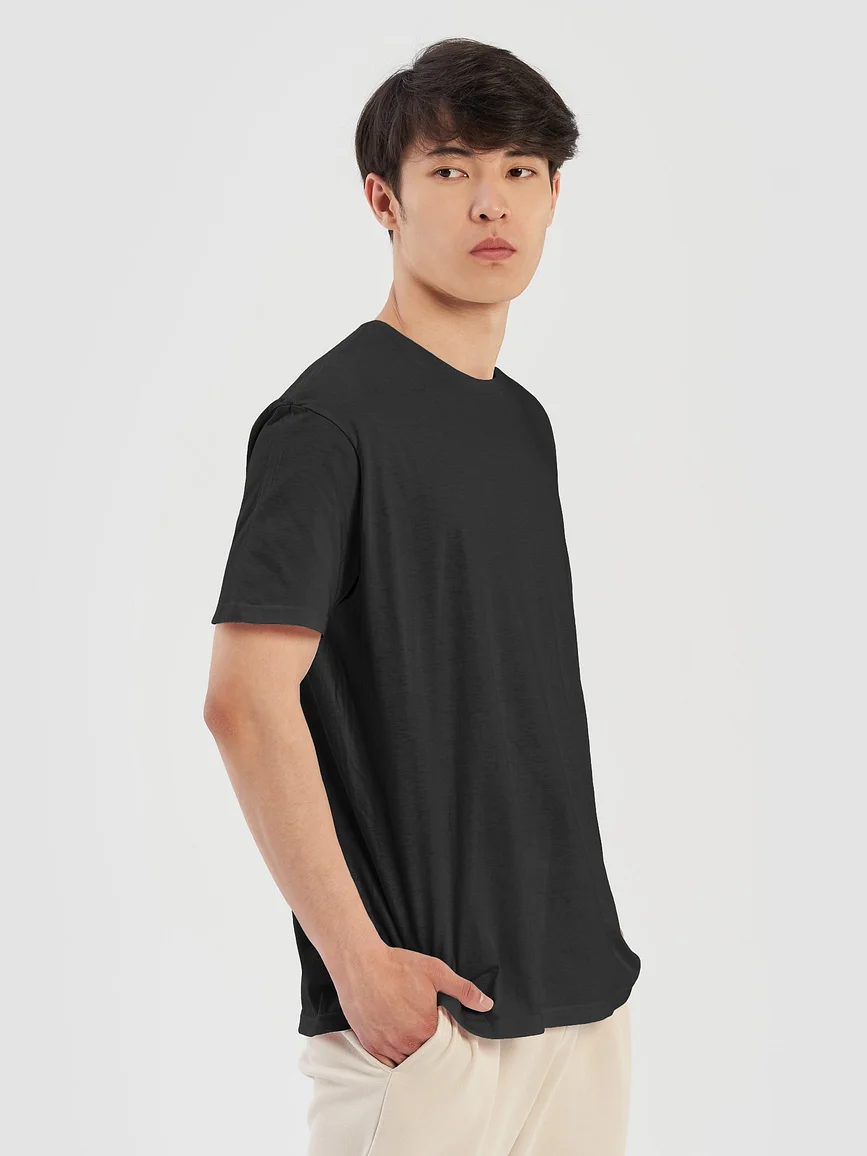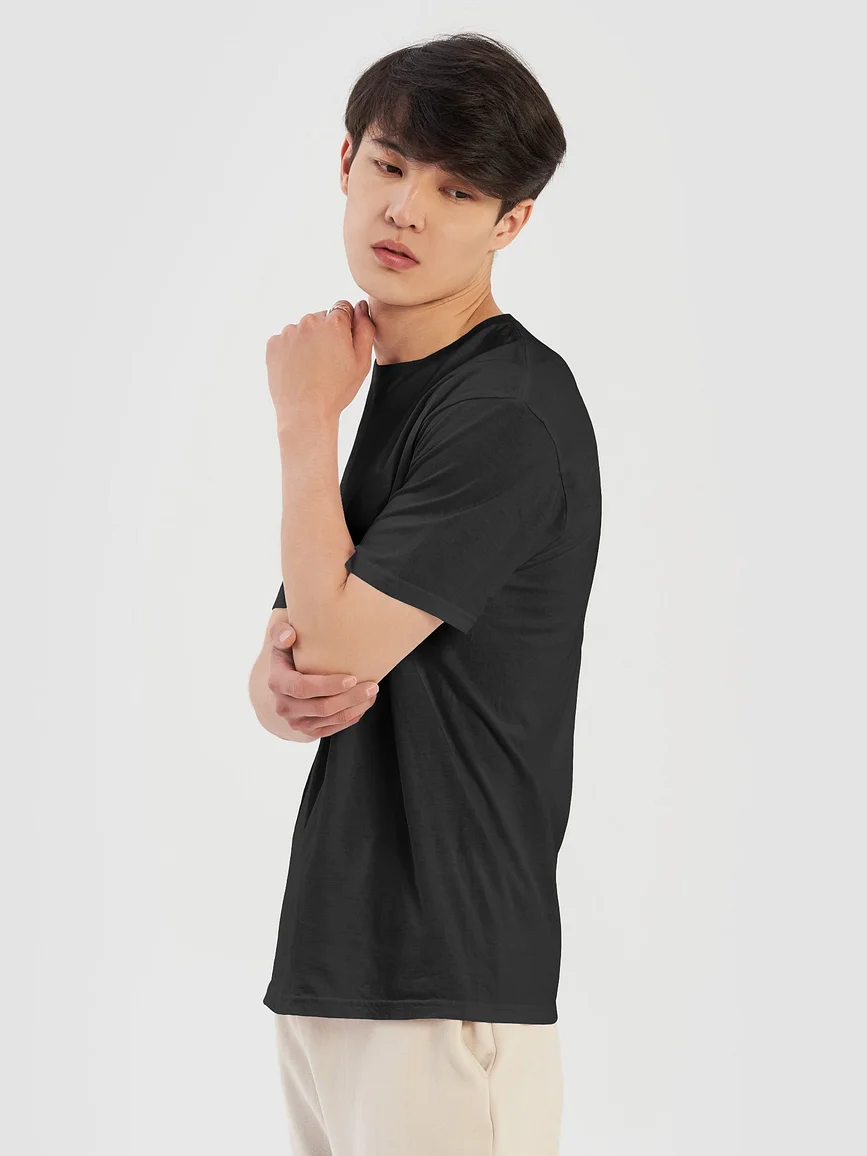How to Master the Art of Design and Logo Placement

Whether you're launching your own clothing line or simply want to elevate your brand's merchandise game, mastering the art of design and logo placements on custom apparel is essential. This guide is specifically designed to explore the most effective placements for logos and designs, providing helpful tips and resources for creators and influencers alike. We’ll be referring primarily to T-shirts in this blog, but many of these suggestions can be applied to other tops such as hoodies, crop tops, polo shirts, long sleeves, etc. Let's find out which logo and design placement options will work best for your custom shirts!
Print Design Terms You Should Know
When it comes to creating custom T-shirt designs, knowing key print design terms can help you communicate effectively and understand the process. Here are some essential print design terms to help you get started:

- Print size: This is the actual size of your design when it's printed on a T-shirt. It's crucial to get this right, as you want your design to look as intended when it's worn. If you size your design incorrectly, it can result in a low quality or blurry print.
- Print area: This is the total space available on the item where your design can shine. Material, shape, and size all play a role in determining this area.
Additionally, you’ll hear many designers reference:
- Print location: This is the area of the T-shirt where your design will be displayed. Whether it's front and center, on the sleeve, or elsewhere, the print location defines exactly where your design is.
- Print placement: This is determined by the print location. It is the specific positioning of your design within the print location.
- Maximum size: The largest acceptable dimensions that a design or logo can be printed on a garment, without compromising the quality of the print or the garment itself. This is often determined by the size of the garment, the printing method, and the quality of the artwork being used.
- Standard size: This is the sweet spot that many designs fall into; it's the range of design sizes commonly used and provided by your print provider. The standard size is determined by the product’s print area.
- Oversize: A print size that exceeds the standard size range, often covering a larger print area of the product.
- Anchor point: This is the specific point on a design from which all measurements originate. This is most useful when a design is not perfectly symmetrical - all measurements and positioning stem from this specific point, ensuring accurate placement and alignment.
When it comes to printing your designs onto T-shirts, you have several effective methods to consider. DTFx (Direct to Film) is great for putting bright colors on high end and heavyweight products, while Direct to Garment (DTG) suits more breathable fabrics and can accommodate larger, more detailed designs.
If customization is your goal, Heat Transfer Vinyl (HTV) using a heat press provides a range of colors and textures. Additionally, Sublimation Printing is ideal for achieving lasting, vibrant prints. Fourthwall offers plenty of production methods and shirt styles and fabrics to suit all of your product and design choices!
Front of Shirt Logo and Design Placements
1. Center Chest Design Placement
.webp)
When placing a centered design on the front of a shirt, the placement, size, and level of design detail are crucial. This is not ideal for tops with plackets of any sort. If you’re interested in displaying artwork on the front of your clothing item, here are some things to keep in mind:
- Design Type: This placement is great for medium-sized designs, such as logos, words, or simple artwork. Use simple, high-quality design elements that are easy on the eyes but don’t go unnoticed.
- Placement: You should make sure that your designs aren’t too high, low, or uncentered on your shirt. This is why we suggest placing your design around 2.5-3 inches (6-7 centimeters) below the neckline.
- Print Size: Choose an appropriate size for your design that allows for easy visibility, and doesn’t look awkward. We suggest making your design 6-10 inches wide, and 6-8 inches tall. At the end of the day I think this is subjective/personal preference and really depends on the design used, but I agree that 6”-10” inches wide is a pretty “standard” size.
2. Left Chest Logo & Design Placement
.webp)
This placement is used by all kinds of brands to display their logos. Embroidery is a great option for this placement. Here are some things to keep in mind if you’re interested in this placement:
- Design Type: Similar to the center chest placement, this placement is better for small designs like logos. Small artwork, and short text can be good designs for this placement, but logos are definitely the best. Popular brands such as American Eagle or Hollister are known for displaying their logos on the left chest of their tops.
- Placement: We suggest placing your design around 3 inches (7cm) below the neckline, and 2 inches (about 5cm) away from the armpit, to avoid an awkward look.
- Print Size: We suggest making this design smaller, 2.5-5 inches (6-12cm) wide and 2.5-5 inches (6-12cm) tall.
3. Full Front Logo and Design Placement
.webp)
Full front design placements will take up the majority of the print area on the front of your shirt. Here are some things to keep in mind:
- Design Type: The full front placement is best for super complex or bold designs. These designs can be more detailed, since there’s much more room for them and they’ll be easier to see. Be sure that the file you upload is of high quality to avoid blurriness in the final print.
- Placement: In most cases with this placement, you’ll use the entire print area for your design. We recommend being extra careful to ensure it’s placed directly in the center of your product, not too close to the collar or the bottom of the shirt.
- Print Size: We suggest making this design much larger, 10-12 inches (25-31cm) wide and 10-14 inches (25-35cm) tall. The design should be appropriately sized for the full front placement to be seen from all angles, without going outside of the print area. Avoid making your design too large, as it can potentially be broken up by the seams on the product.
Back of Shirt Logo and Design Placements
1. Upper Back Design Placement
.webp)
The back of a T-shirt provides ample space to showcase a design or message. Here are some things to keep in mind if this is the placement you’re going with:
- Design Type: This placement generally calls for a medium-sized design, similar to the center chest placement. Logos, small artwork, or short text would work best for this placement. Consider using a design that’s wider and shorter, to take up more of the top back surface area.
- Placement: We suggest placing your design about 5 inches below the neckline.
- Print Size: We suggest making this design longer, 10-12 inches (25-31cm) wide and 1-6 inches (2.5-15cm) tall.
2. Full Back Logo and Design Placement
.webp)
Full-back design placement is a popular choice for any designs that require lots of space to be displayed. Here are some things to keep in mind to effectively place your logo or design on the full back:
- Design Type: This placement generally calls for a larger design, similar to the full front design placement. A detailed graphic, or an enlarged version of your logo would be best for this placement.
- Placement: You’ll likely use the entire back print area for your design. We recommend being extra careful to ensure that your design is placed directly in the center of your product. The design should be centered and positioned based on the collar and shoulders of the shirt.
- Print Size: This design should be large, 10-12 inches (25-31cm) wide, 6-15 inches (15-38cm) tall.
3. Sleeve Logo and Design Placement
.webp)
The sleeve is a great place to print a simple logo or design that complements the primary design on the front or back of the shirt. However, it's important to keep in mind that the sleeve area is more limited in terms of space, so it's important to keep designs simple and clean. This is a great placement for embroidery.
If you're considering adding a design to a shirt's sleeves, here are a few tips to consider:
- Design Type: Small logos or tiny branding assets are perfect for sleeve designs. Choose something that’s small and simple, since there’s not much room for it to be displayed.
- Placement: Placement on the sleeve can vary, but it's typically best to print towards the top or middle area of the sleeve for maximum visibility. Try to avoid placing your design too close to the armpit of the shirt, or close to any seams.
- Print Size: Sizing is really key for this placement. Don't make your sleeve design too large - it should be proportional to the size of the shirt and other design elements. An ideal size is around 4 inches (10cm) wide and 3.5 inches (9cm) tall.
Common Logo and Design Placement Combinations
Of course you can mess around with designs and combine whatever placements make the most sense to you, but there are a few combinations that are commonly used by brands:
- Sleeve placements that are small logos or designs can complement the primary design on any parts of the front or back of the shirt.
- Full back design placements are popularly combined with center or left chest placement designs and logos.
- Upper back design placements are commonly combined with left chest placement designs and logos.
.webp)
Try out different combinations of design placements to see what looks best. These are suggestions, but you can always push the boundaries and have fun trying out different looks. Streamer and producer KuuEater does a great job of combining different placements and artwork on all of his products.
Design Your Shirts with Fourthwall!
Art and good design are all about thinking outside of the box; these are all suggestions for design placements, but they’re not necessarily rules! All of these suggested measurements are dependent upon the actual design, and the general look or vibe you’re going for. Creating your own apparel line should be a fun and rewarding experience!

Fourthwall helps creators bring their creative visions to life by giving them an easy to use platform to create and sell high quality products, from T-shirts of all styles to hoodies, polo shirts, sweatshirts, and so much more. Sign up to Fourthwall today (for free!) to put this guide to use, and get ready to launch your very own exciting apparel brand!








